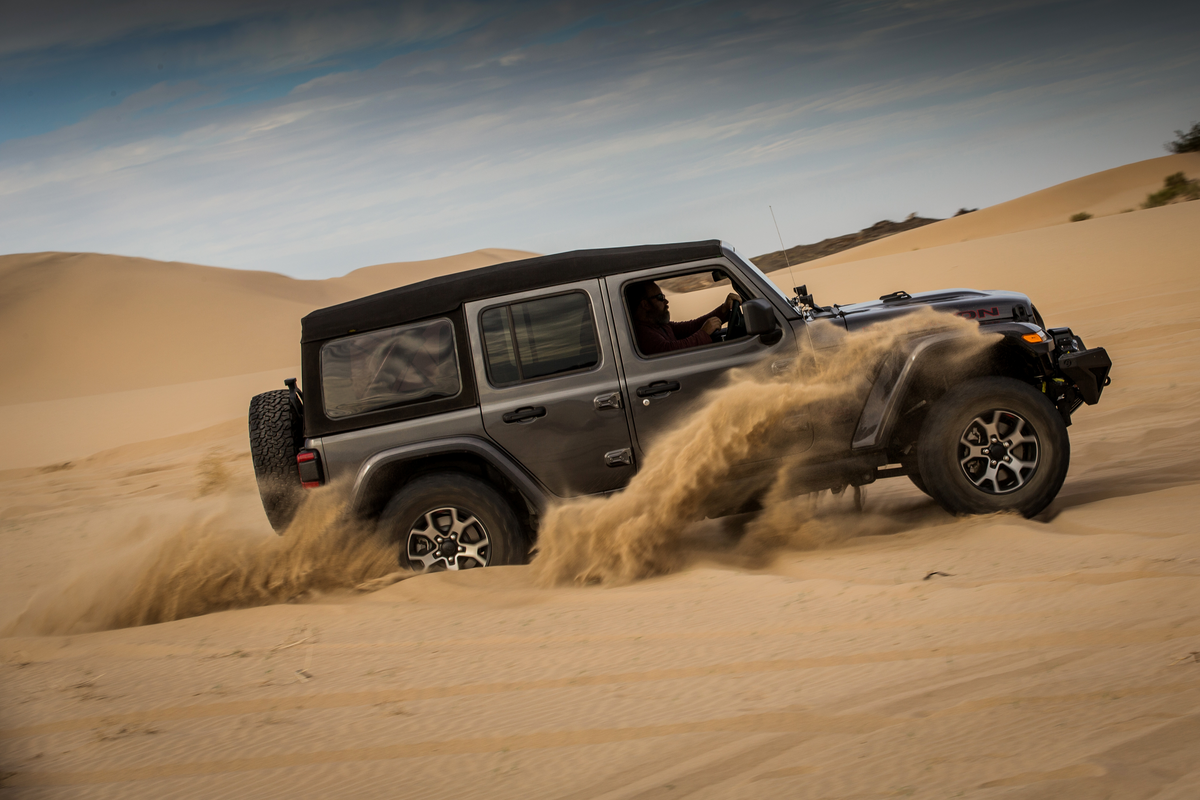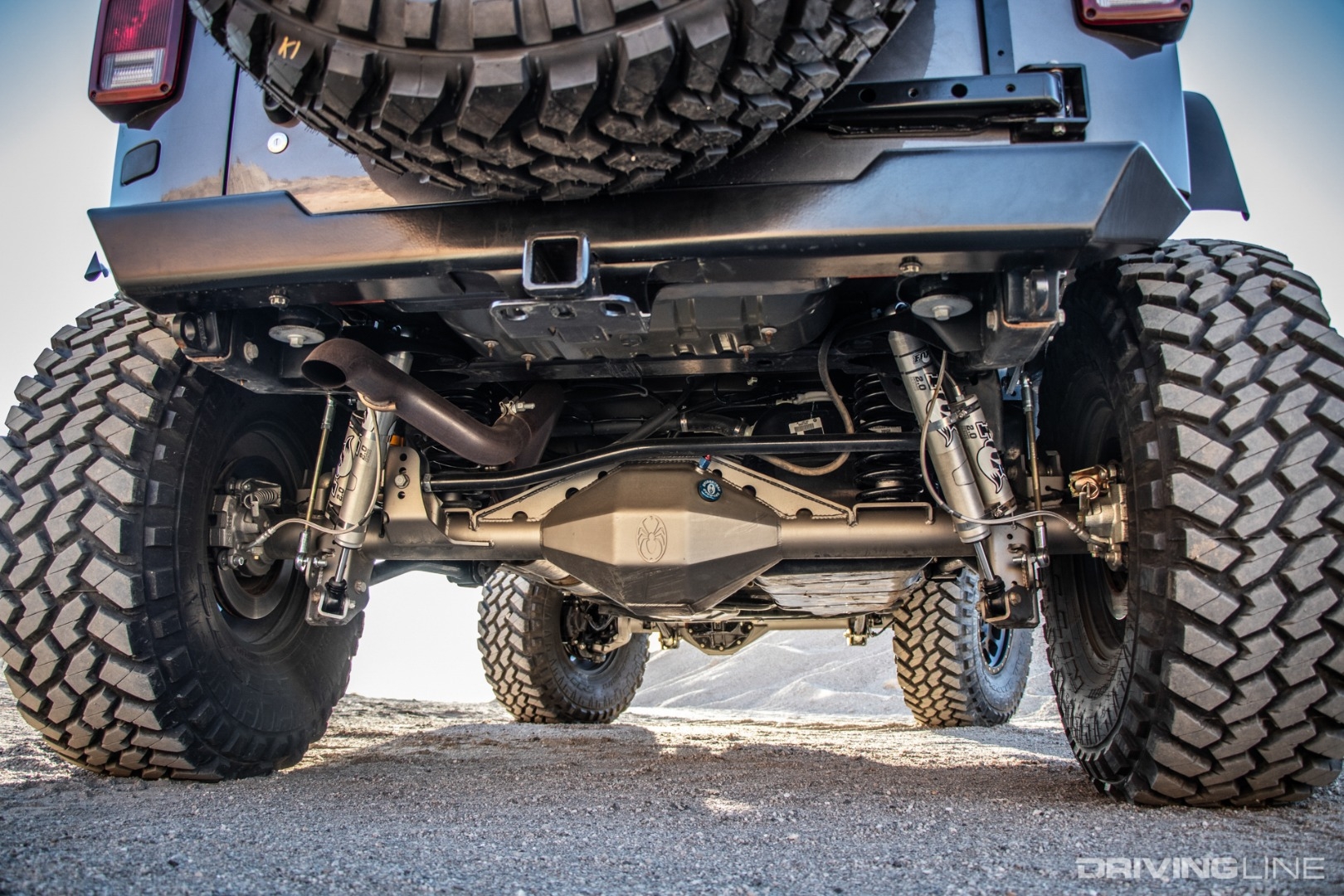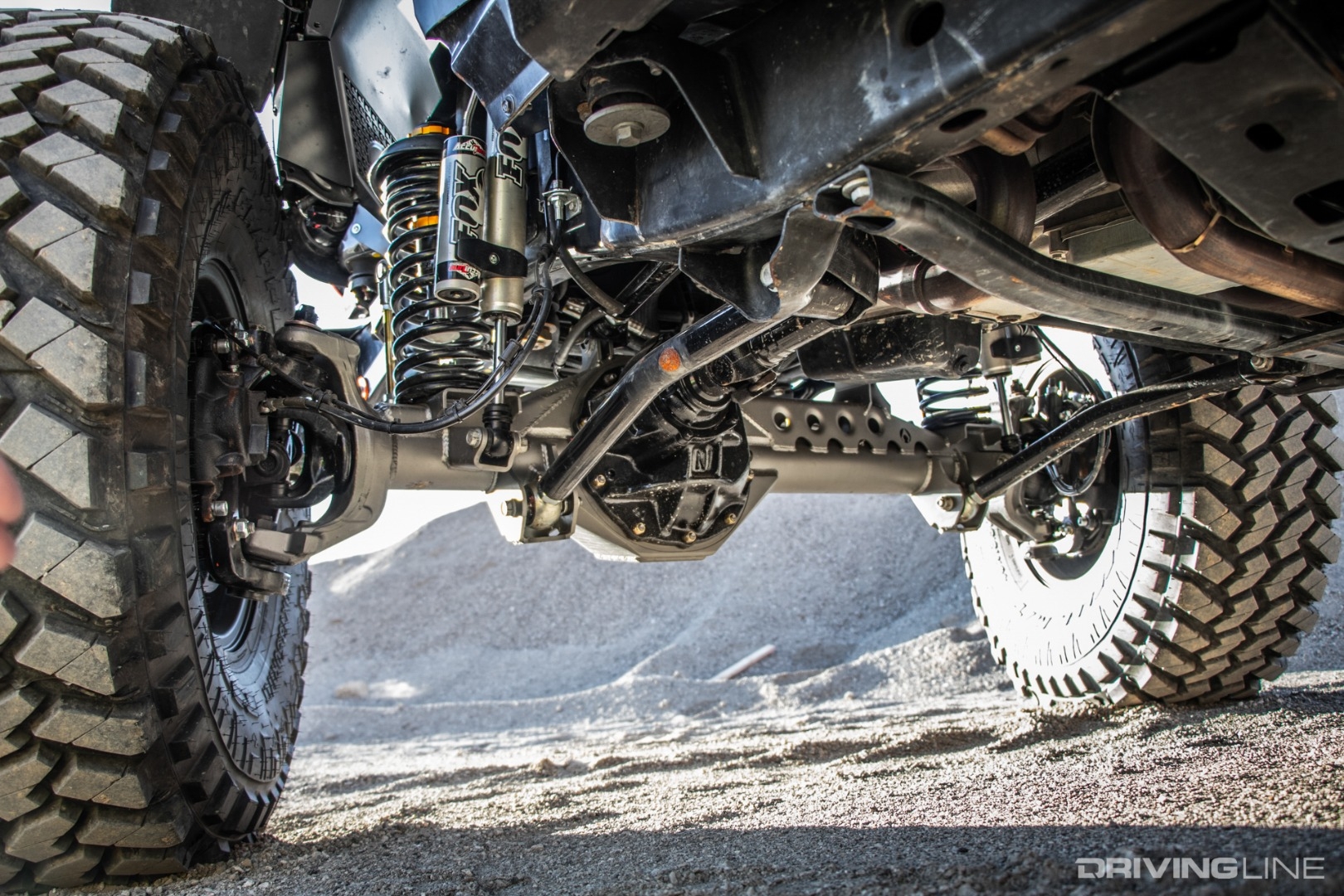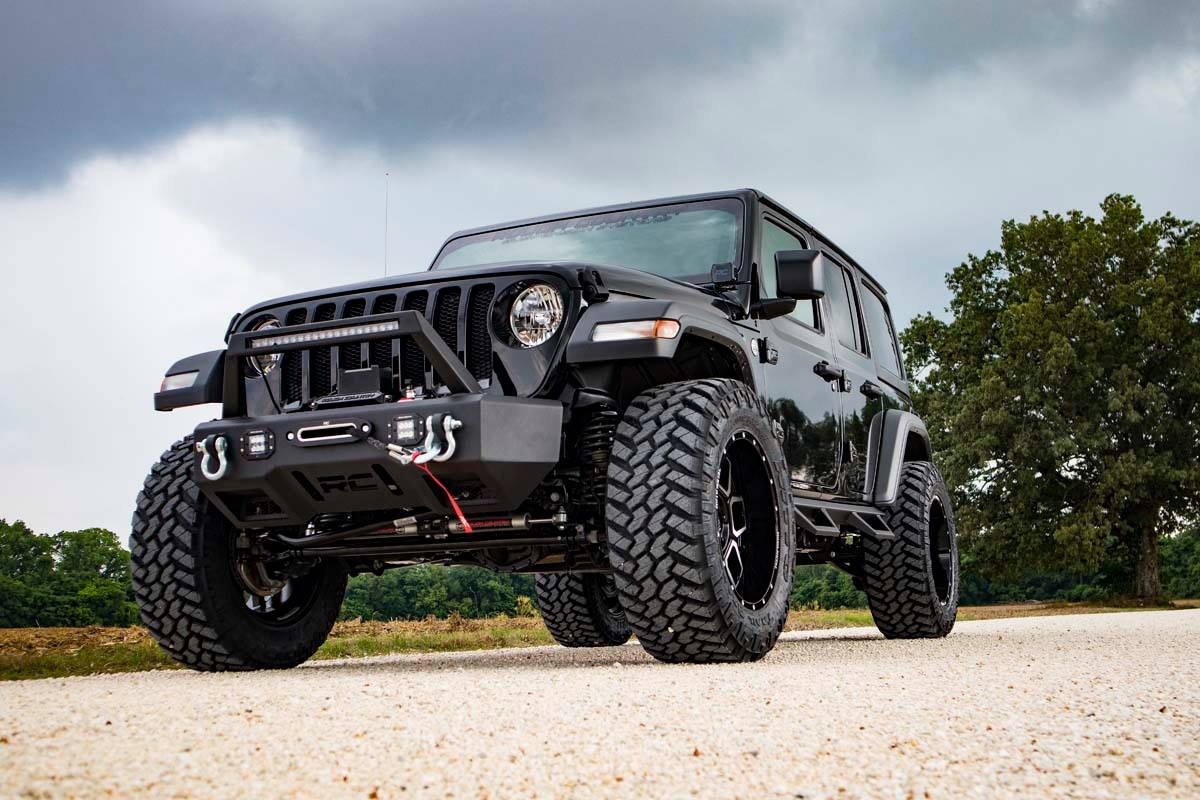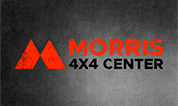For some, differentials are just another part that helps get the wheels turning. But for off-road fanatics, they are the difference between getting stuck and reaching their destination safely.
There are many different types of differentials, each designed for a specific purpose. But whether you're looking for a differential for your daily driver or your weekend warrior, there are a few key parts you'll need to look for.
What is a Drivetrain Differential?
A differential is made up of several gears in the housing located between the wheels of a vehicle. Its main purpose is to distribute power to the wheels while allowing them to rotate at the same or different speeds for optimal traction. This is especially important when turning, as the inner wheels have to travel a shorter distance than the outer wheels.
If one wheel were to slip, the differential would allow it to rotate at a different speed than the other, giving it the traction it needs to keep moving.
There are two main types ofdifferentials: open and closed. Open differentials are the most common type found in vehicles today. They are less expensive to manufacture and are considered more reliable. However, they do have their drawbacks as they can cause unnecessary loss of traction.
Closed differentials are typically only found in off-road vehicles or high-performance cars. They are more expensive to produce but offer increased traction and durability.
What are the Main Parts of a Differential?
1. Differential Cover
The first thing you'll need to look for is a differential cover. This plate covers and protects the gears inside the differential. It also helps to keep the lubricant in and dirt and debris out.
2. Differential Gears
Differential gears are the teeth that transfer power from the driveshaft to the axles. They come in a variety of sizes and configurations, each designed for a specific purpose.
3. Pinion Gear
In rear-wheel-drive applications, the pinion gear is located at the end of the driveshaft and transfers power to the differential gears. It is usually made of hardened steel for increased durability.
4. Ring Gear
The ring gear is a large gear that surrounds the differential gears. It is connected to the axle shafts and helps rotate the wheels. Thering and pinion gears can be upgraded to improve performance and provide low-end torque.
5. Axle Shafts
Axle shafts are located inside the differential and connect the differential gears to the wheels. They are typically made of heat-treated steel for added strength and durability.
6. Wheel Bearings
Although not technically part of the differential, wheel bearings play an important role in the drivetrain. They are located at the end of the axle shafts and help to keep the wheels rotating smoothly.
7. Locking Mechanism
The locking mechanism is what allows the differential to distribute power to the wheels at different speeds. It is located inside the differential cover and can be engaged or disengaged as needed. New Jeeps have electronic lockers, while older models can be outfitted with an aftermarket air locker for ultimate off-road capability.
8. Differential Fluid
Differential fluid is used to lubricate and cool the gears inside the differential. It is important to use the correct type of fluid for your specific differential to ensure proper operation. Limited-slip differentials will have a set of clutches that need specific differential fluid in order to provide adequate lubrication.
9. Gasket or Seal
Gasket and seals are what keep the differential fluid from leaking out and contaminants from getting in. They are usually located between the differential cover and the housing. Using the correct size and type of gasket or seal is important to ensure a proper seal.
10. Case
Lastly, the differential case or housing is what keeps everything protected. It is usually cast aluminum or cast iron and holds all differential components. The case can be upgraded for increased strength and better heat dispersion.
What Parts Do I Need?
When it comes to upgrading or replacing your differential, there are a few things you'll need to take into consideration. First, you'll need to decide what type of differential you have and whether or not you want to keep it. Next, you'll need to determine what parts you need based on the type of differential and the application. Once that is decided, you can start shopping for the best differential parts at Morris 4x4 Center.
What Tools are Required?
Like with anything, you need the right tool for the right job. Depending on the type of differential and the application, the tools required will vary. Here is a general list of tools the speciality tools you will need:
Wrench driver sets
Dial calipers and indicators
Bearing pullers and adaptors
Cross pin bolt extractors
Various shims
Whatever your goal is for your build, we have the right tools and parts to help you get there. Morris 4x4 Center is a one-stop shop for all your Jeep differential needs.



